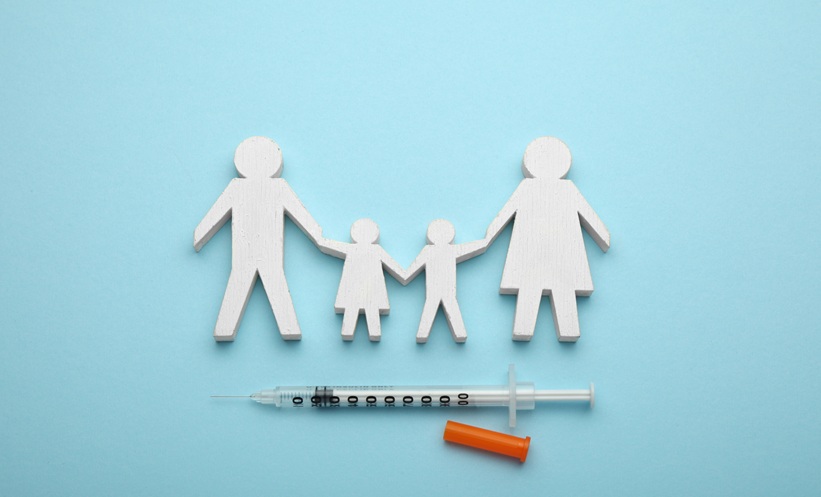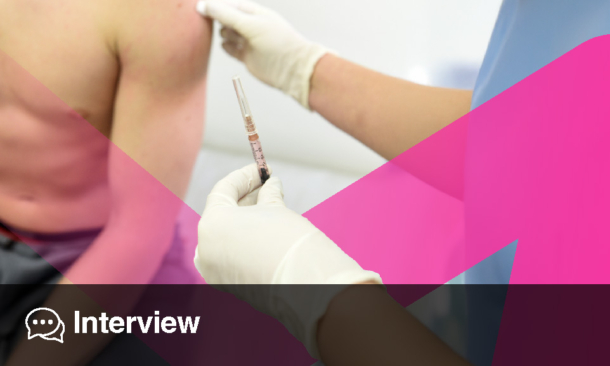A COMPREHENSIVE global study highlights the critical state of routine childhood immunisation coverage worldwide, revealing both long-term gains and recent setbacks intensified by the COVID-19 pandemic.
Since the World Health Organization (WHO) launched the Essential Programme on Immunization (EPI) in 1974, routine childhood vaccines have dramatically reduced mortality, averting an estimated 154 million child deaths globally. The study utilised data from the Global Burden of Diseases, Injuries, and Risk Factors Study 2023 to analyse vaccine coverage from 1980–2023 across 204 countries and territories. Employing advanced modelling techniques, the research accounted for data inconsistencies and pandemic-related disruptions to assess trends for 11 WHO-recommended vaccine doses. The study also evaluated the pandemic’s impact, projected vaccine coverage through to 2030, and considered progress needed to halve the number of zero-dose children, those not receiving even a first dose of diphtheria, tetanus, and pertussis vaccine (DTP1), by 2030.
Findings revealed that coverage for traditional EPI vaccines such as DTP1, DTP3, measles (MCV1), polio (Pol3), and tuberculosis (BCG) nearly doubled globally between 1980–2023. However, progress slowed markedly between 2010–2019, with declines in coverage noted in 21 of 36 high-income countries for at least one vaccine dose. The COVID-19 pandemic further disrupted immunisation efforts, causing a sharp decline in global coverage rates from 2020 onwards, which have yet to recover. Newer vaccines, including pneumococcal (PCV3), rotavirus (RotaC), and the second measles dose (MCV2), saw continued, though slower, uptake during the pandemic. Forecasts suggest only DTP3 might reach the Immunization Agenda 2030 (IA2030) target of 90% coverage under optimistic conditions. The number of zero-dose children fell by 74.9% between 1980–2019 but surged to 18.6 million in 2021, concentrated primarily in conflict-affected and resource-limited regions, notably sub-Saharan Africa.
The study concluded that, without accelerated, equitable immunisation strategies focusing on marginalised populations and strengthening primary health care, IA2030 goals may not be met. Targeted efforts to reverse declines and combat vaccine hesitancy are vital to restoring pre-pandemic coverage and protecting children worldwide.
Reference
GBD 2023 Vaccine Coverage Collaborators. Global, regional, and national trends in routine childhood vaccination coverage from 1980 to 2023 with forecasts to 2030: a systematic analysis for the Global Burden of Disease Study 2023. Lancet. 2025; DOI:10.1016/S0140-6736(25)01037-2.








